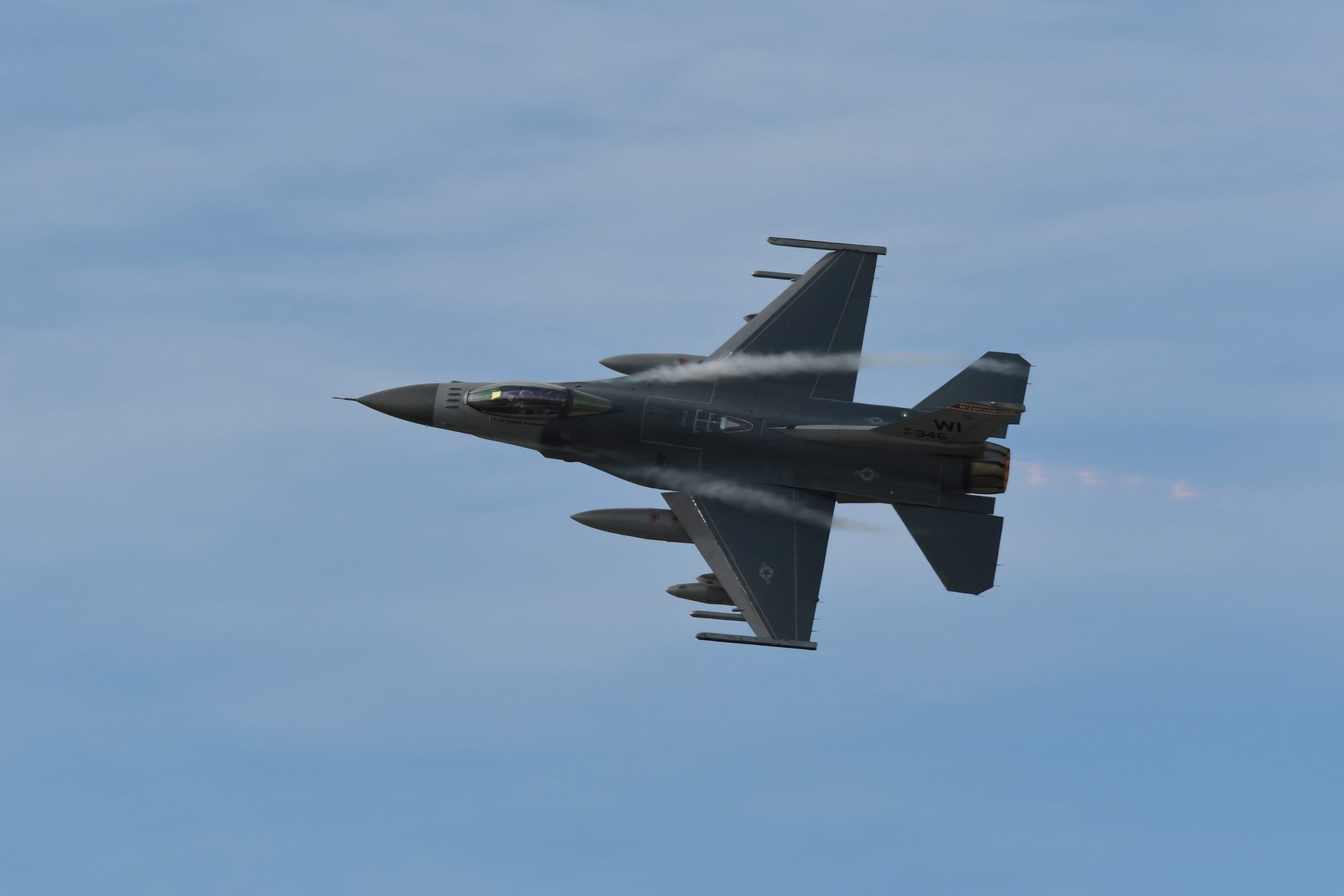
The US Air National Guard (ANG) has released a fielding recommendation for BriteCloud 218 active decoy technology, developed by Italian aerospace and defence company Leonardo.
Announced by the company, the issuance of fielding recommendations comes after the successful completion of extensive live trials and evaluation campaigns.
It was conducted by the US Armed Forces, under the Office of Secretary of Defense (OSD) Foreign Comparative Testing (FCT) programme.
The new capability has been under testing on the US Air Force’s (USAF) F-16 Fighting Falcon aircraft since 2019.
As a result of all the assessments, the service concluded that the BriteCloud expendable decoy fulfils all its operational requirements and can successfully provide enhanced platform protection to any fourth-generation fighter jet such as the F-16.
Subsequently, the USAF has identified BriteCloud as an airborne electronic warfare (EW) countermeasure capability. It will be designated as ‘AN/ALQ-260(V)1’ in the US Armed Forces service.

US Tariffs are shifting - will you react or anticipate?
Don’t let policy changes catch you off guard. Stay proactive with real-time data and expert analysis.
By GlobalDataThe latest milestone marks one of the final stages of the programme that will further cement the BriteCloud 218 decoy as a proven solution for operational use with the USAF.
Compared to conventional expendable countermeasures, BriteCloud 218 provides upgraded aircraft protection using its latest-generation Digital Radio Frequency Memory jammer that can be launched from any standard countermeasure dispenser.
According to Leonardo, the BriteCloud decoy uses onboard EW technology to deter radar-guided threats, instead of depending on the traditional chaff and flares mechanism.
Introduced in 2017 by Leonardo in the UK, BriteCloud 218 is already in service with the UK Royal Air Force.
This threat protection capability can also be used with smaller uncrewed platforms and has already been tested with the German Armed Forces’ remotely piloted air target systems in 2021.



